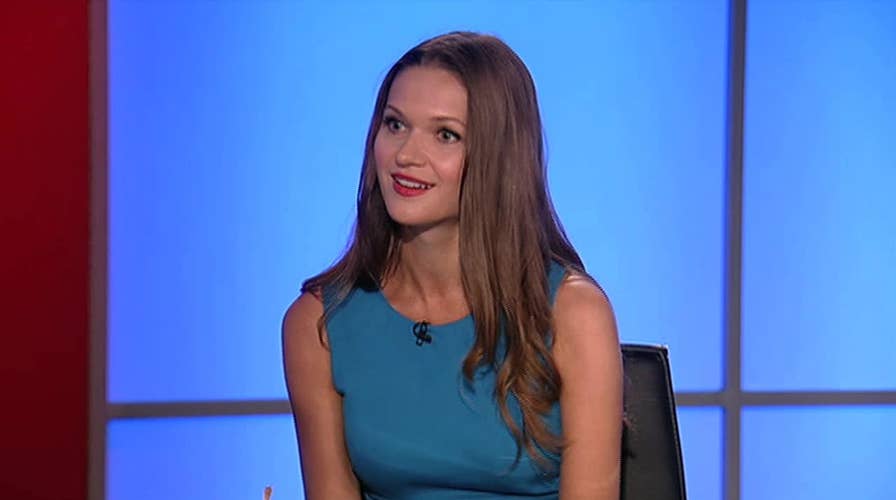How to treat Hashimoto’s disease naturally
One in five women has Hashimoto’s disease, an autoimmune disease that affects the thyroid. Dr. Izabella Wentz says not all treatments are created equal and complementary medicine yields big benefits
Heather Martin has been suffering from a debilitating thyroid condition for half of her life. At just 19, Martin was diagnosed with Hashimoto’s disease, which occurs when the immune system attacks the thyroid and causes patients to experience weight fluctuation, extreme exhaustion and hair loss.
On top of those symptoms, nodules grew in Martin’s neck creating a constant pressure and causing her to feel like she was choking. While typical treatment includes medicine and surgery, Martin, now 40, was concerned about the visual scar the operation’s 4-to-6-centemeter incision would leave on the front of her neck.
A NEW HEALTH BENEFIT OF CHOCOLATE: REDUCED RISK OF AFIB?
“I tend to scar very purple and I didn’t want this on my neck,” Martin, of Olive Bridge, New York, told Fox News.
Though the scar may fade over time for some patients, Dr. Hyunsuk Suh, an assistant professor of surgery at Mount Sinai Beth Israel in New York, said that others may develop a hypertrophic or keloid scar. To combat these issues and offer another solution for patients, Suh uses a remote access approach which does not require any incisions through the neck.
Suh uses the bilateral axillary breast approach, also referred to as “BABA,” which he learned from surgeons in South Korea.
WOMAN ON DESPERATE SEARCH TO FIND DOCTOR WHO WILL OPERATE ON SON WITH RARE DISEASE
“It involves making four small incisions in both the left and right skin fold of the axcilla, which is the armpit as well as the areola area where the light skin-to-dark skin discoloration begins,” Suh, who is the only surgeon in the U.S. practicing the BABA approach, told Fox News.
The approach uses robotics to remove the thyroid gland through the four small incisions in a two-to-three hour procedure. Patients typically experience a simple recovery. Suh offers another option for patients using a transoral approach, in which the procedure is conducted through the inside of the patient’s lip.
“My pain level was just about ixnay,” Martin, who chose the BABA approach, said. “I would say within two days I was able to swallow normally.”





















